March 8, 2014
To me, one of the most amazing achievements in field ornithology and bird photography of the last decade or two is the bird of paradise project, sponsored by the Cornell Laboratory of Ornithology. During the 8 years of this project, evolutionary ecologist Ed Scholes and biologist/photographer Tim Laman travelled 18 times to New Guinea, the center of diversity of these magnificent birds, to document and film the courtship behavior of all 39 species comprising the family Paradisaeidae. Ever since I obtained Cooper and Forshaw’s stunning 1977 masterpiece, The Birds of Paradise and Bower Birds, and spent hours poring over its oversized plates depicting their lavish colors and hypertrophied plumage, I’ve been in love with these birds. Outrageous sexual dimorphism and bizarre courtship behaviors, along with their exotic locale, made these birds seem otherworldly and alien to me. And they might as well be on another planet – I’ll never see one in the flesh. But I’ve seen something nearly as enchanting and mystical, in a residential neighborhood in lovely DeLeon Springs.
Tuesday morning began as most mornings this winter have. Despite forecasts of clearing skies and warming temperatures by mid-morning, it was a gray, cold, misty morning when John Serrao and I left for a birding cruise through Ocala National Forest. We had faint hopes that the warming temps might even produce a herp or two crossing the roads, but that was a fantasy. The dismal, dreary weather and dull light persisted throughout the morning. But we saw birds – lots of warblers and other wintering/migrant passerines were active, including some of the largest flocks of yellow-rumped warblers I’ve seen this season. As I’ve noticed on several other occasions over the last several weeks, many of the yellow-rumps were feeding on the ground, sometimes in the road, often along with palm warblers and chipping sparrows. Yellow-rumped warblers have one of the largest repertoires of feeding behaviors of any of the parulids; I wonder how this is related to their overwhelming abundance and wide range of habitats they use.
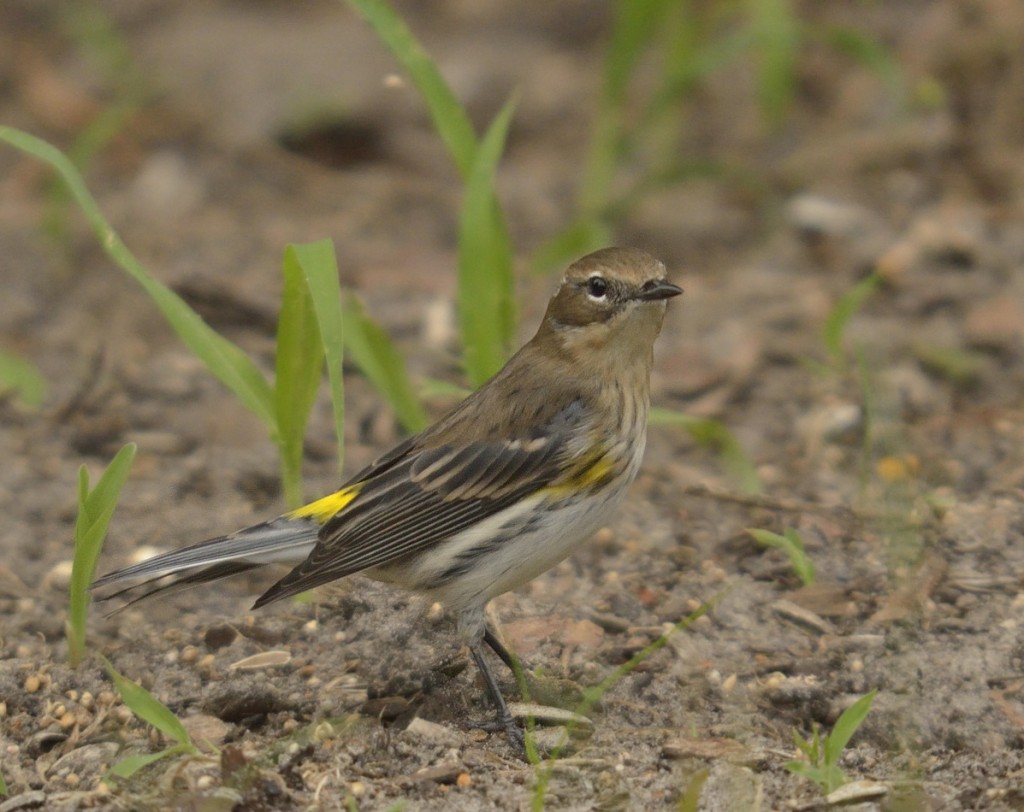
Yellow-rumped warblers are mainly foliage-gleaners, but will also feed on the ground, engage in flycatching, and feed on fruits and seeds at times
Despite the less than ideal weather, we actually managed to see a reasonable number of cool birds, including yellow-throated, orange-crowned, palm and pine warblers, ovenbirds, singing northern parulas, blue-headed vireos, hermit thrushes, ruby-crowned kinglets (occasionally displaying the full red crest to each other – just one more indication that testosterone levels are on the rise), Florida scrub jays, and so on. A thoroughly enjoyable morning, but mostly lacking in photo opportunities.
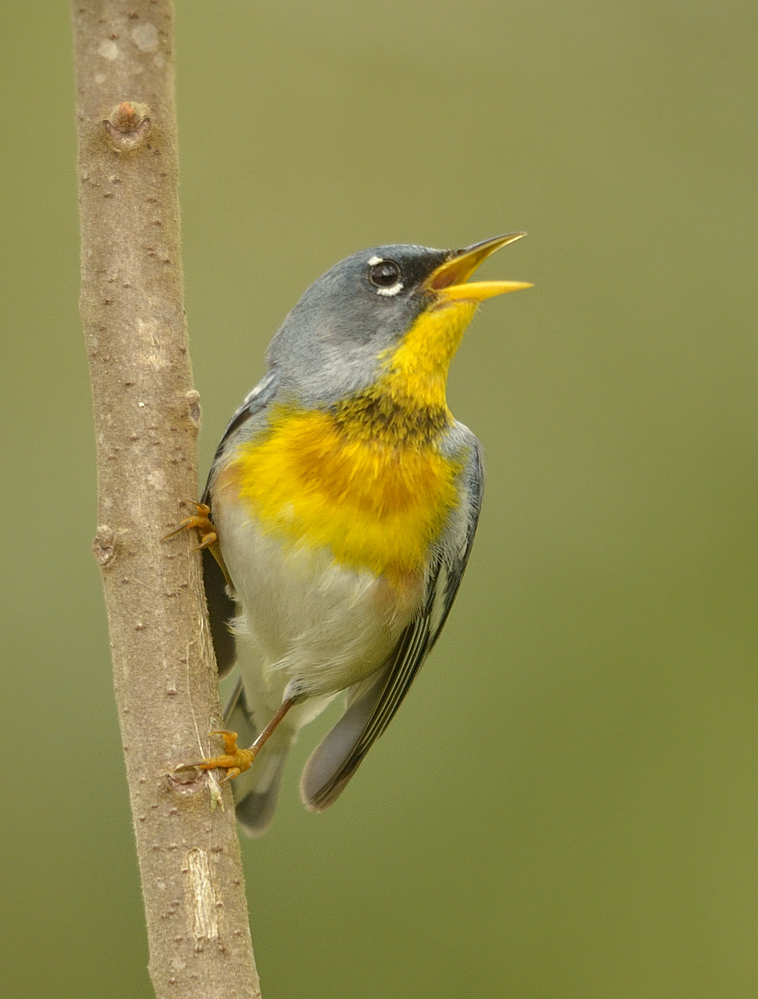
Despite the weather, singing northern parulas were one more bit of evidence that Spring is actually here.
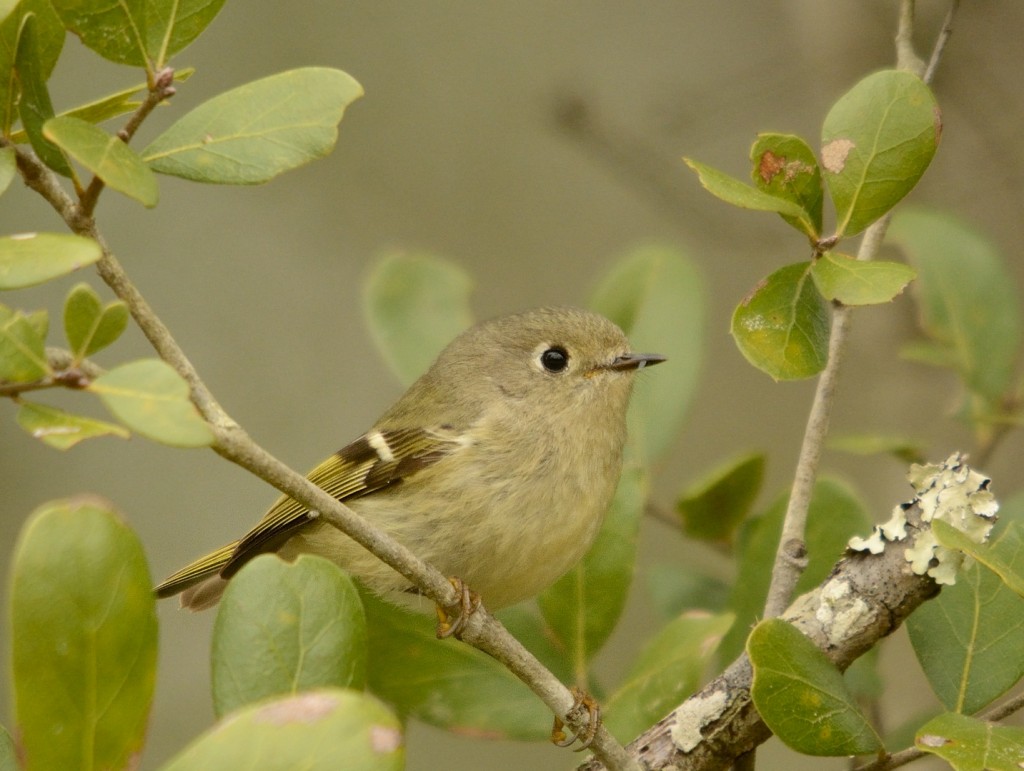
Ruby-crowned kinglets are showing their red crests more often these days. They just won’t do it for me when a camera is aimed at them.
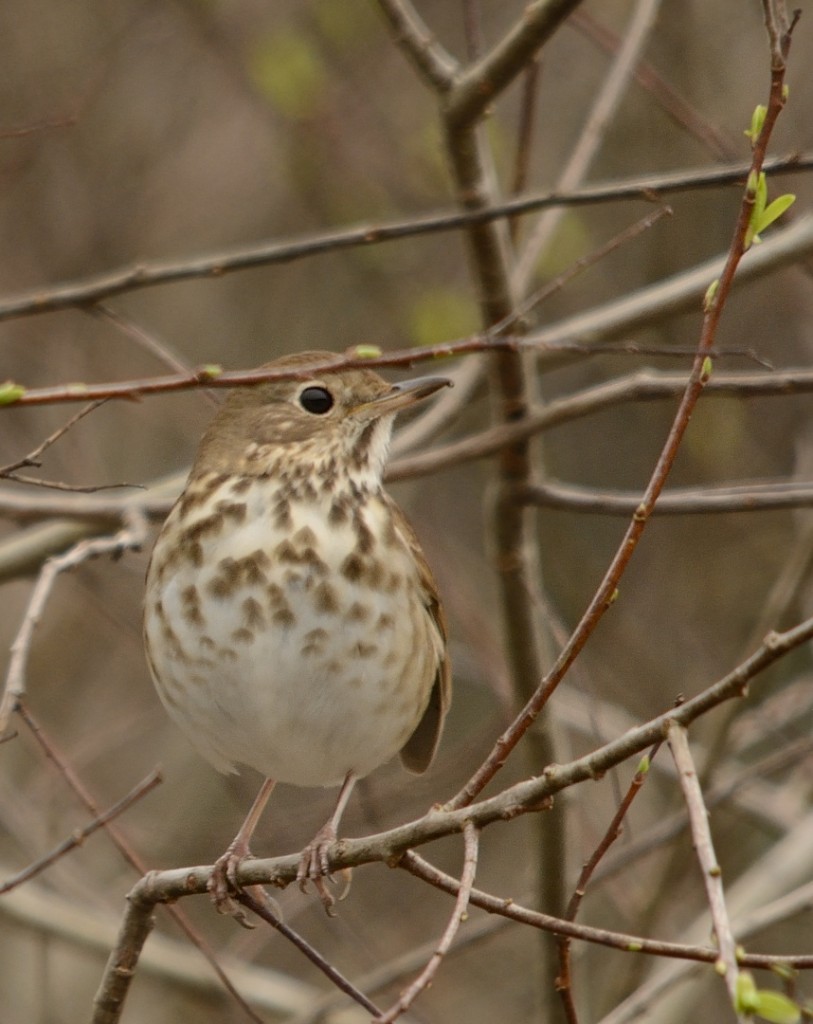
Most passerines were sticking close to cover and concentrating on feeding. This hermit thrush was a welcome exception.
As small, energy-limited passerines often do on cold or inclement days, most of the birds we saw were fixedly engaged in feeding. Maintaining or building up fat reserves seems to take precedence over most other activities on days like these. Response to pishing and playback was brief and minimal. We did lots of looking, relatively little shooting.
The best photo op we had in the forest was a nearly mature bald eagle feeding on roadkill raccoon on the shoulder of US19, along with a flock of black and turkey vultures. The eagle flew up into a lichen-covered oak skeleton as we approached, but gave us extended looks for several minutes, as cars and trucks zipped by.
The trip home produced our most memorable sighting of the day. There is a neighborhood in DeLeon Springs I often drive through when going to Woodruff or other locations north of DeLand that is home to one of the largest flocks of Indian peacocks I’ve seen. At times more than a dozen birds can be found in one small yard. That’s quite an impressive spectacle at any time of year. On Tuesday, we witnessed what is probably a common sight to those used to living with peacocks, but which I had never seen in its entirety – the full display of a peacock in peak breeding plumage. Absolutely mind-blowing. Charles Darwin once wrote that the “sight of a feather in a peacock’s tail, whenever I gaze at it, makes me sick!”, because he couldn’t fathom how natural selection could have produced such an overblown, seemingly useless adornment. It led him to develop his principle of sexual selection, hypothesizing that extravagant features such as the peacock’s tail have evolved in response to females’ preference to mate with males that have the most striking accoutrements. Evolutionary biologists have embraced Darwin’s principle of sexual selection, but still argue over the specifics of the mechanism. Why would females choose to mate preferentially with the most gaudy males?
And what a gaudy display it is – I had seen males in low level display before, fanning the ocellus-adorned plumes of their tail feathers. I was surprised to learn that the prominent plumes with the startling ocelli (eyespots) are not true tail feathers (rectrices) at all – they are highly modified upper tail covert feathers, like the yellow feathers on the rump of a yellow-rumped warbler. But I had never seen the full display, which is prolonged, graded, and complex. It begins with a slight spreading and elevation of the train, but progresses to a towering display in which the train is held perpendicularly over the back. At its peak, the male quivers the train for several seconds in what seemed to me to be an almost orgasmic burst of pride. It reminded me a bit of this classic Saturday Night Live skit. As females walked by, paying no attention whatsoever to the displaying male, he slowly rotated to track their passage and show his erect train to best advantage.
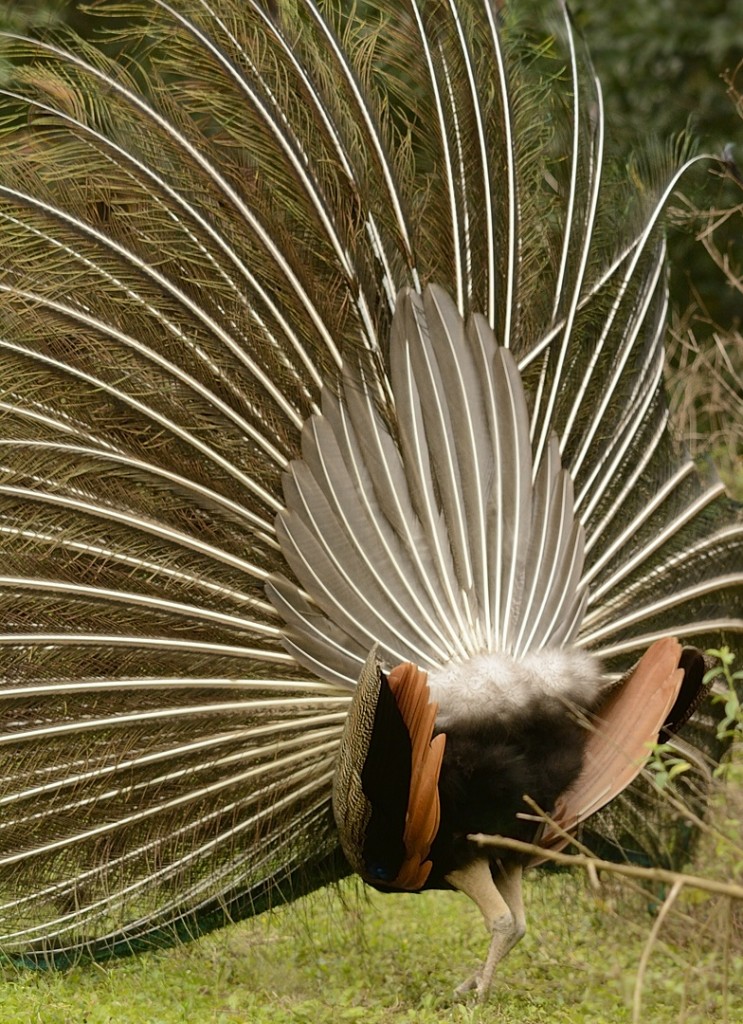
The true tail feathers (rectrices) can be seen here behind the plumes, which are really upper tail coverts.
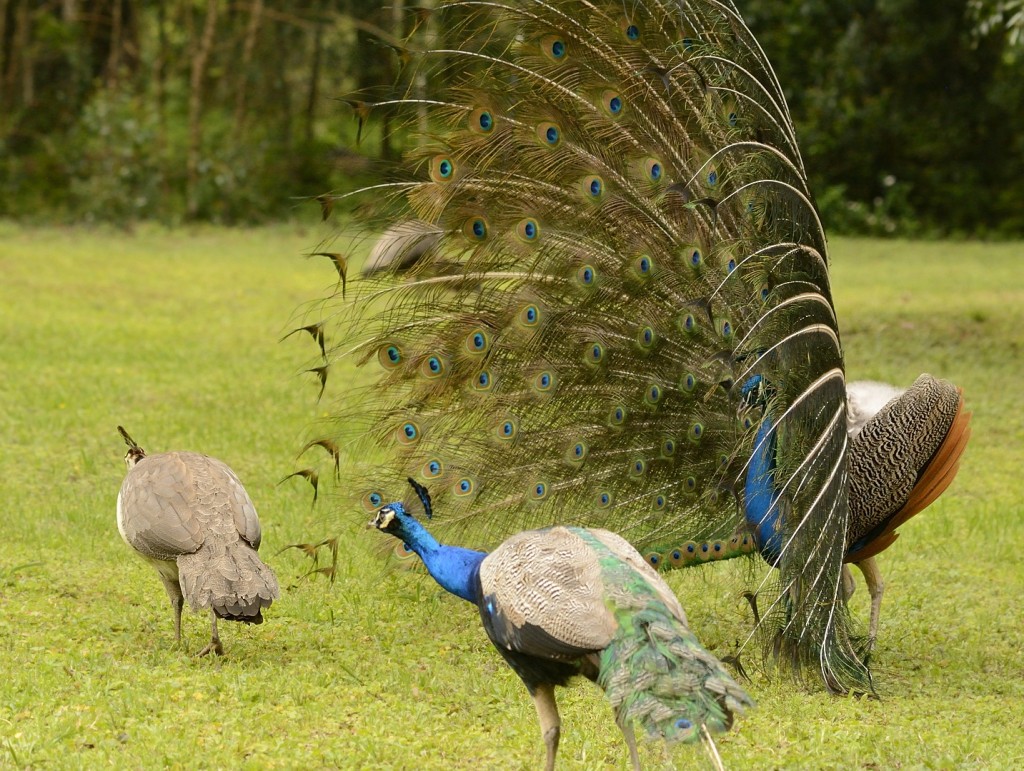
A high-intensity display. The train is held perpendicularly over the back, and the male quivers the plumes for a second or two. The female ignored his efforts.
Not surprisingly, Indian peacocks have a polygynous breeding system, like many of the most spectacularly dimorphic birds or paradise. In these systems, males contribute nothing to reproduction other than their sperm. In the wild, females choose among several available males who display simultaneously in an arena-like location called a lek. In some lekking species, the male that occupies the central, preferred location in the lek obtains nearly all of the matings with sexually receptive females. Clearly, in such systems it is a great advantage to be a little gaudier than nearby males.
Because males in these polygynous species have been freed of all parental duties and investments other than contributing a set of chromosomes (and centrioles), they often evolve spectacular plumages and displays to advertise the quality of their genes. That, presumably, is why females select the gaudiest males. Only males of superior genetic quality can afford to invest the time and energy in producing these extravagant displays, and by mating selectively with the showiest males, females ensure their offspring will be of high genetic quality. Further, their sons will inherit the genes for these high-quality displays, and are more likely to be successful as sires once they are mature.
Anyway, that’s the way the system is supposed to work. Studies of mate selection by Indian peahens (the female of the species; only the male is a peacock) have produced mixed results. Some studies have shown that females do seem to prefer males with their full complement of ocelli over manipulated males whose ocelli have been selectively trimmed, but there also seems to be relatively little variation in the number of ocelli among unmanipulated male birds. There is no evidence that females prefer males with longer trains, even though train length is correlated with the diversity of MHC (major histocompatibility complex) genes in males. A seven-year study of peafowl in Japan showed that train characteristics played no part in female choice of mates, and further, that the extravagance of a male’s train was not correlated with other measures of his physical condition.
As is often the case, the reality of nature is more complex and perplexing than our simplistic models and hypotheses suggest.
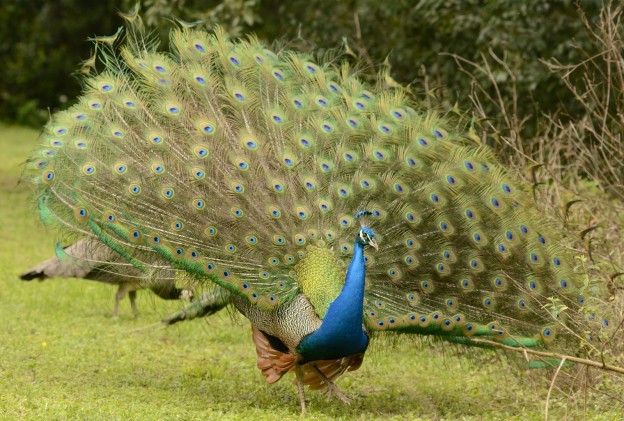
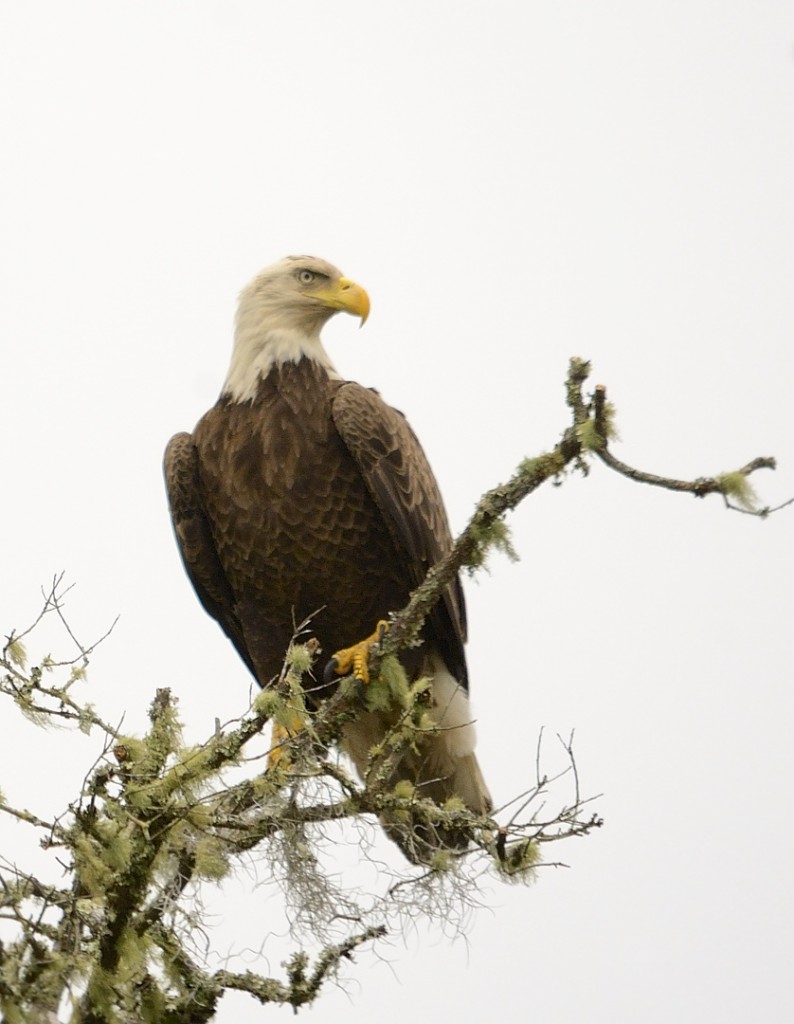
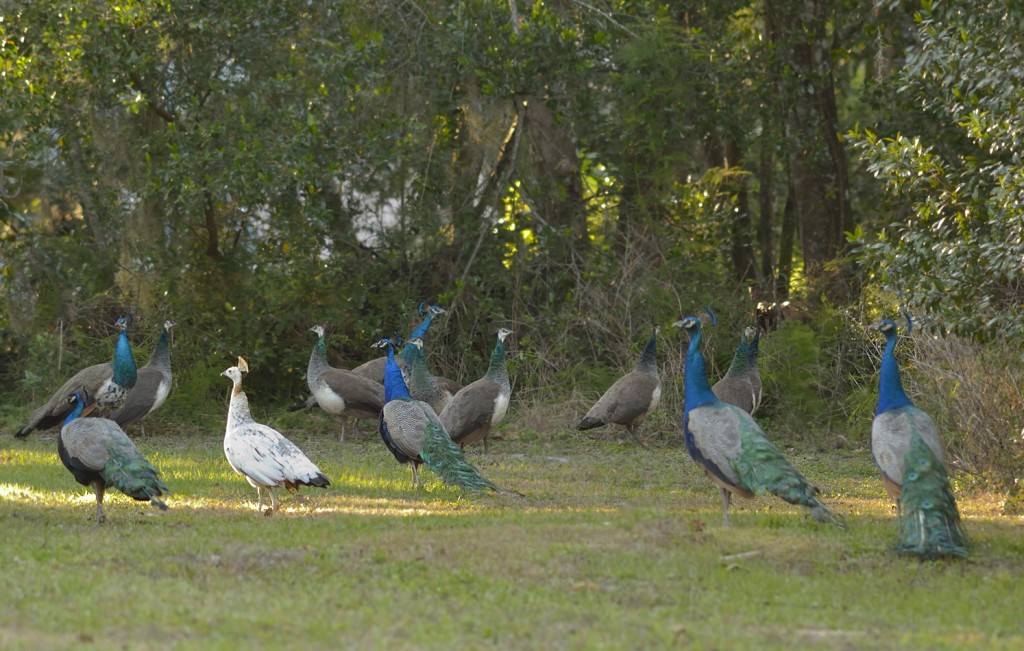
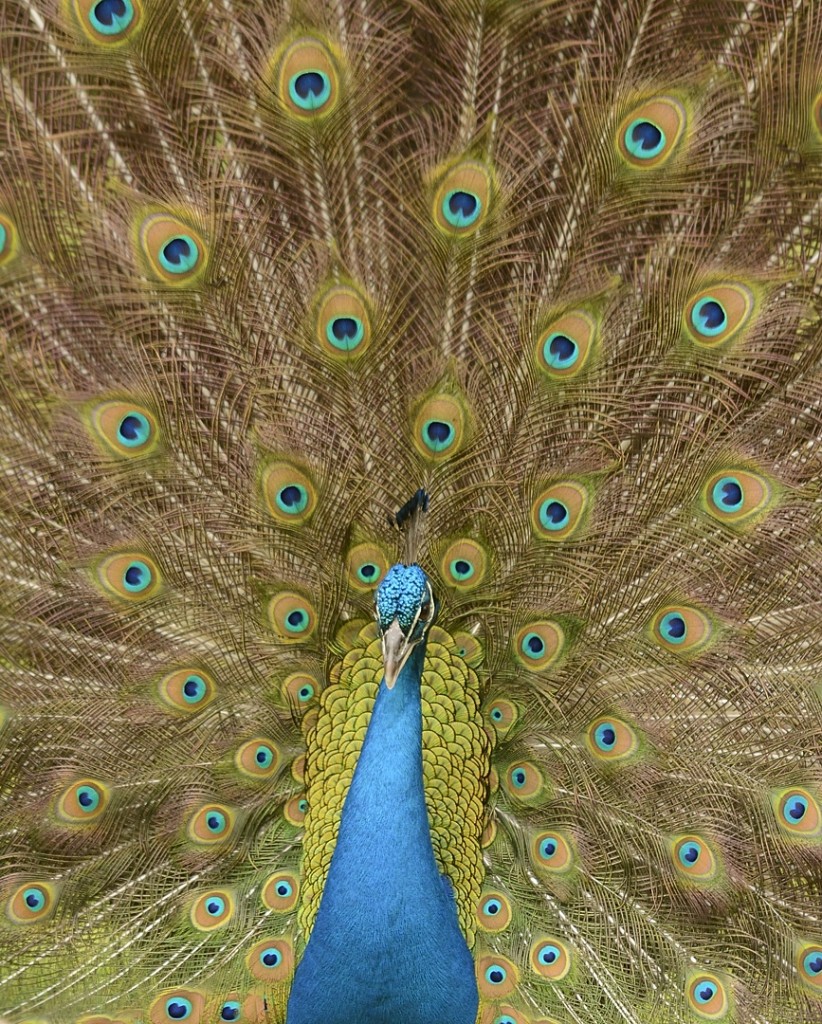
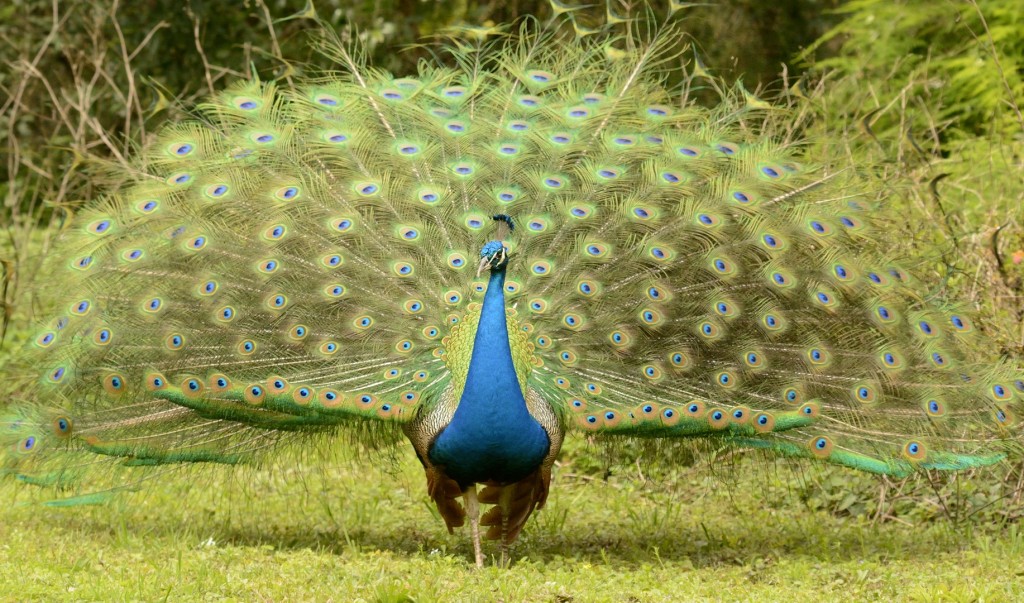
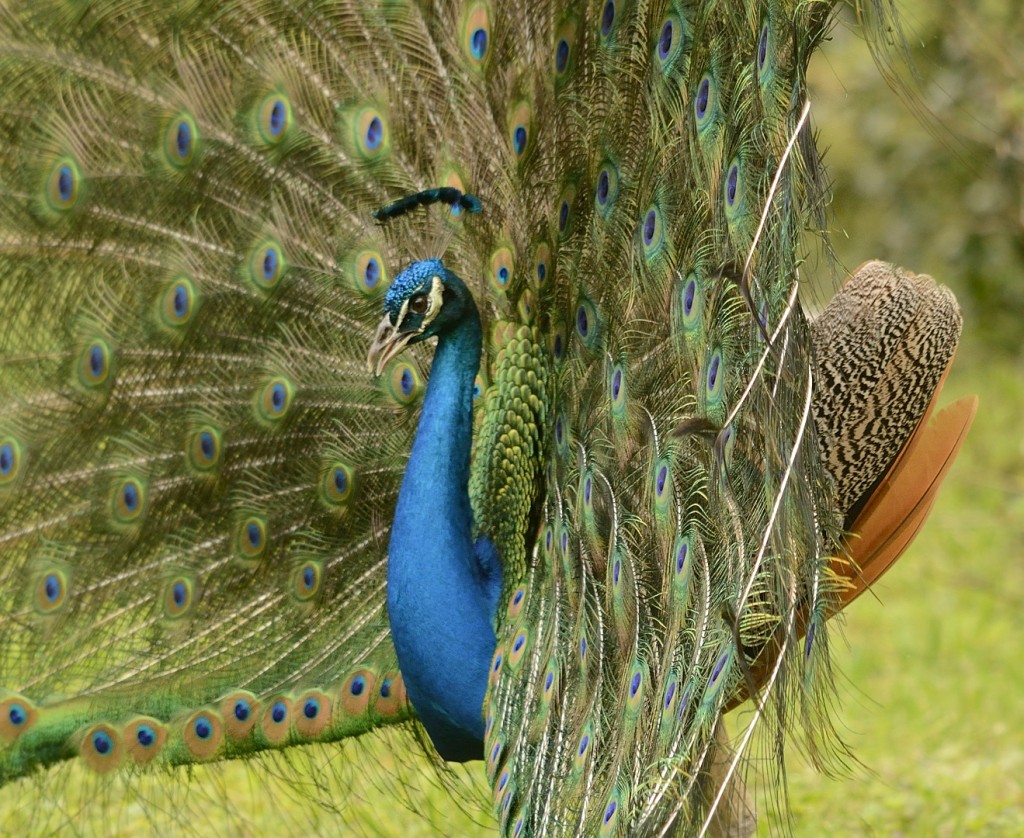
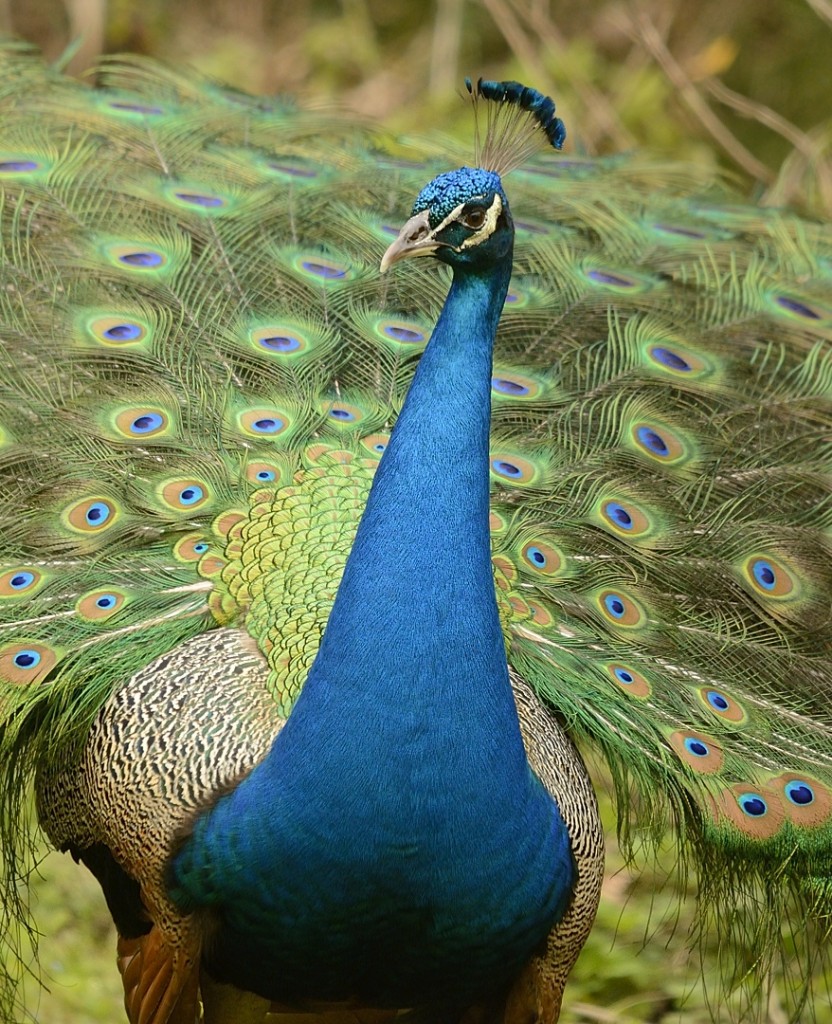
Informative article, excellent (as always) photography.